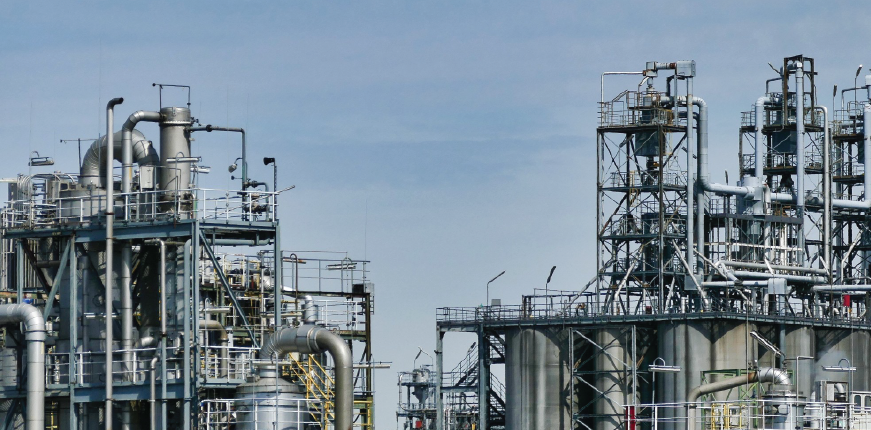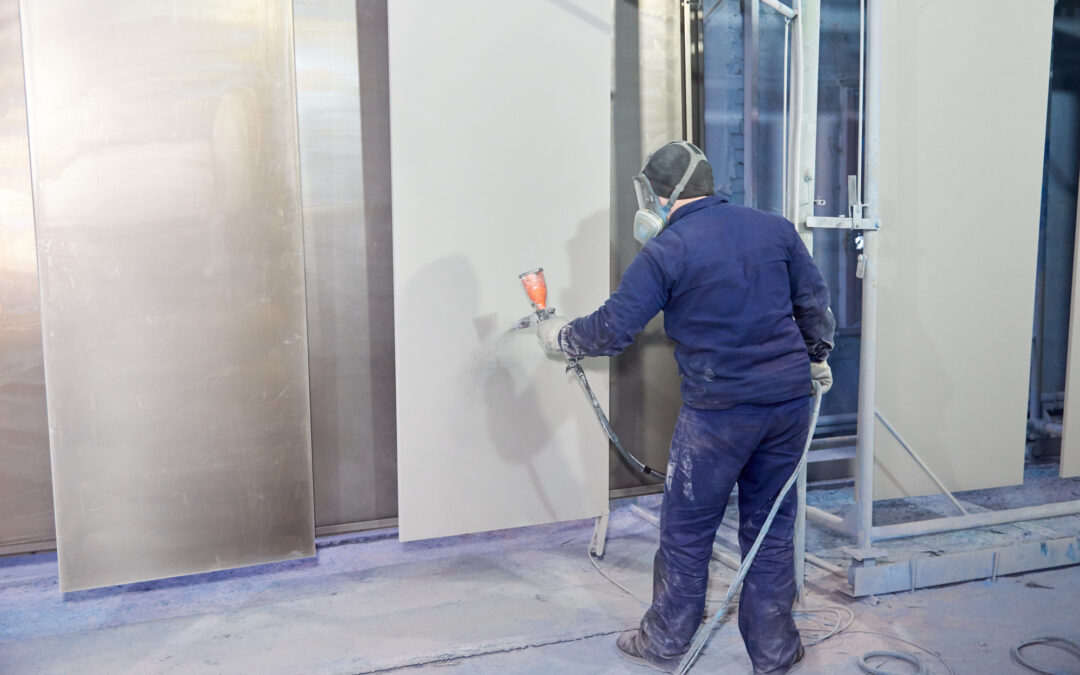What if businesses could increase their profits, produce better-quality products, and cut operating costs by adopting a 21st-century process that uses that waste heat?
Waste heat recovery is a revolutionary process that has the potential to do all of that and more. In this article, we’ll tell you how this process can recover waste heat and how it can benefit your business.
Keep reading to learn more.
What Is Waste Heat Recovery?
Waste heat recovery, also known as “heat integration,” refers to the process of recycling heat energy that would otherwise go unused and wasted. Usually, plants release this heat energy back outside and into the atmosphere.
But by recovering waste heat, plants and production lines can get several benefits, including:
- Reducing energy costs
- Lowering CO2 emissions
- Increasing energy efficiency
This is typically done by a machine that transfers the heat from one process output to a different process for a different approach.
Just about any large-scale facility can use waste heat recovery. Some of the fastest-growing adopters of this technology include cement production, fuel refining, food and beverage, and higher education.
Different Types of Waste Heat Recovery
Many different machines use waste heat recovery in other industries. For example, turbocharged cars use waste heat recovery. In regular cars, the engine expels hot gas out through the car’s exhaust pipe as it burns fuel. This gas contains kinetic and heat energy released back into the atmosphere.
These turbocharged engines can instead route the hot gas to a different turbine that contains an air compressor. After the air is compressed, it is again diverted to the combustion chamber with vaporized gasoline. This allows the ignition to happen more efficiently at lower consumption of fuel.
This process can also be used for industrial waste heat. Let’s take a look at a few examples.
Economizer
One of the simplest forms of waste heat recovery is stack economizers. These are most often used to heat water. Most plant workers will be familiar with this kind of device because they are quite common in plants.
These machines take heat energy from the gas that is created during the heating process. It is then used to heat the water, lowering the energy needed to create steam. These economizers can increase the thermal efficiency of a boiler and reduce fuel consumption by 5-10%.
Waste Heat Boiler (WHB)
Another similar type of machine to the economizer is the waste heat boiler. They recover waste heat created from exothermic chemical reactions or furnaces in industrial plants. These create a significant amount of energy that is otherwise wasted if not recaptured.
It is reverted to create low-pressure steam in the WHB. It is then used to do different tasks, such as removing heat from process fluid or generating more steam. That steam is then used for things such as:
- Driving turbines
- Generating electricity
- Pumping liquids
- Compressing vapors
However, the steam from the WHB has a high moisture level, so it needs to be paired with a steam trap combination or a high-efficiency separator to provide optimal quality steam.
Heat Recovery Steam Generator (HRSG)
The waste heat is often collected with a heat recovery steam generator (HRSG) for industrial plants that use gas turbines.
Gas turbines are similar to the motor of a jet engine. For this example, let’s revisit our description of a turbocharged car engine but replace it with a jet engine.
Gas turbines are ignited using natural gas with an extremely hot exhaust that is expelled. This, too, contains kinetic and heat energy. The hot vapors need to be driven into another turbine, called an HRSG, to collect the energy. The turbine, in turn, drives a generator or utilizes the steam.
There are different varieties of these machines. They can have a single or several steam drums. They can have unfired versions with natural circulation or types that have duct firing, which heats it up more.
Absorption Chiller
Some of these machines also utilize refrigeration with absorption chillers. These further use the steam that comes from waste heat.
These machines take a diluted absorbent liquid to work and move it into a generator. It is then partly turned into steam, making the liquid more concentrated. The liquid moves further down an absorber while the vapor moves toward the condenser.
This creates a vacuum pressure, which ultimately results in energy collected.
Steam Thermocompression
Another approach to heat recovery is thermocompression. This also makes use of wasted, low-pressure steam. The device combines both high-pressure and low-pressure steam to create more pressure to utilize the wasted energy.
Combustion Air Pre-Heat System (CAPH)
This system increases system efficiency by utilizing heater exhaust gasses. It collects this energy and pre-heats incoming combustion air. Creating a more efficient energy utilization lowers the operating costs for natural gasses.
These usually consist of the following components:
- A modified burner to accept different temperatures of combustion air
- An air-to-air heat exchanger
- A combustion air ductwork
- An exhaust gas ductwork
Start Saving More With Waste Heat Recovery
That’s just a glimpse into the complex systems of waste heat recovery. Look no further if your industrial plant or manufacturing process is ready to get higher efficiency at lower costs out of its systems.
The amount of energy saved not only benefits your business but helps the environment. If you’re ready to install turn-key solutions for your fired equipment needs, including refractory repair, burner replacement, or complete retubes, you need to choose a reliable partner you can trust.
Refractory Construction Services has been providing top-tier refractory repair and installation services since 2007. Get a free quote today!





